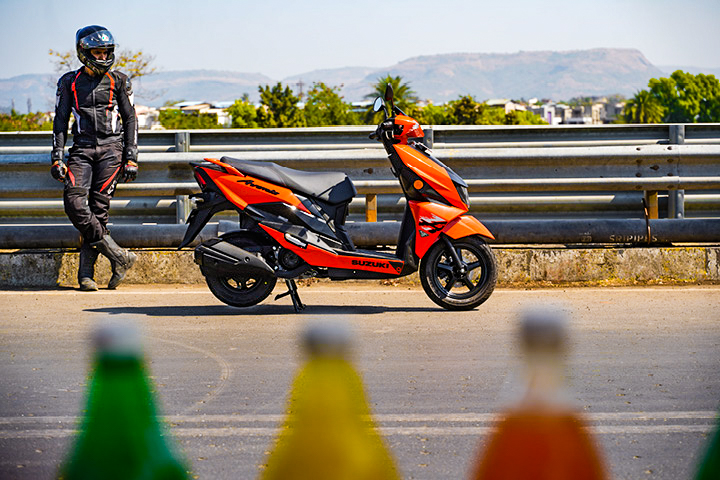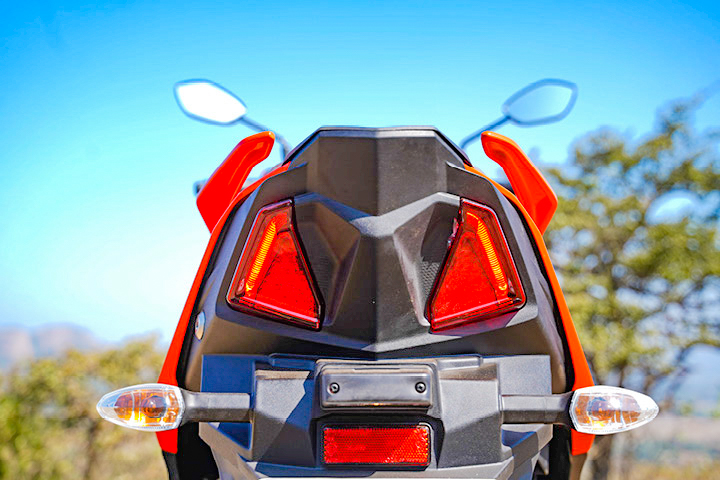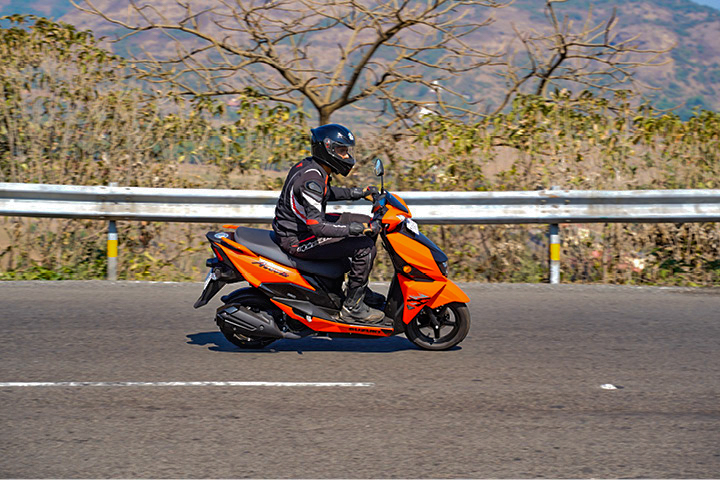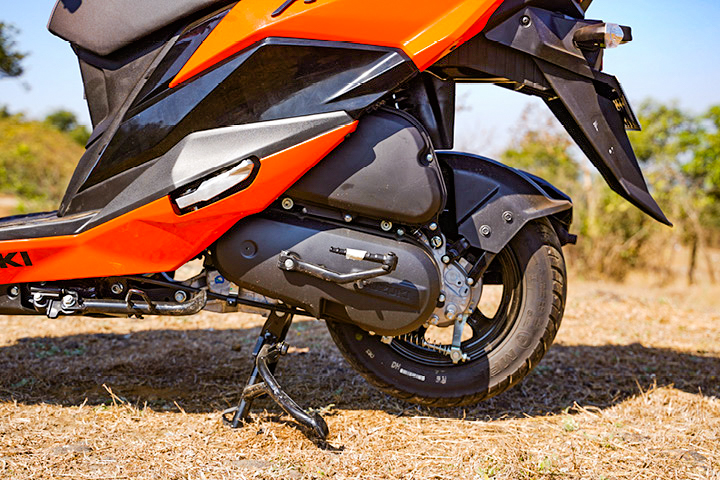
Suzuki have finally stepped onto the sporty scooter playground, but does the Avenis have enough beans to beat the top dogs?
The scooter segment has been a boon. Almost every manufacturer in India has at least one scooter in the market. While in most cases scooters are known for their practicality, over the years, this segment has been divided further into various small segments. One such is the performance-oriented scooter segment which was introduced with the TVS Ntorq 125. This change was seen with the rise of budding enthusiasts getting their very first two-wheeler that isn’t as boring-looking as a mother’s daily commuter. Manufacturers have been trying to introduce something in this dogfight and the latest entrant is the Suzuki Avenis. Well, the Avenis is essentially an Access 125 underneath with bodywork that’s designed to be more youth-friendly and demands a premium of Rs 3,900. Why do Suzuki demand that premium? Allow us to explain.
For starters, let’s get the design out of the way. Suzuki have gone 100 per cent youth when it comes to the design language of the Avenis. At the front apron, you see sharp lines complementing the LED headlamp under which lies a beak-like front mudguard. The handlebar beak houses the indicators and a small windscreen at the front that we’ve quite liked. Moving along the side, you’ll see a roomy floorboard, minimal body panels, and a tail-lamp that’s unlike anything else in the market. Another interesting element is the pillion grab-rails which have been laid out quite neatly.

Storage options on the Avenis are quite extensive. It gets two tiny compartments on the inner side of the front apron, one of them with a USB port, two hooks on the floorboard, and a boot big enough to store a half-face helmet and a few pint-sized water bottles. To make life even simpler, Suzuki have given the Avenis an external fuel-filler cap, thereby eliminating the need to get off the scooter while refuelling.
The engine is the tried and tested 124.3-cc, air-cooled, single-cylinder motor that churns out 8.7 hp and 10 Nm. To my surprise, the engine felt quite sprightly in the Avenis. Its initial acceleration was instantaneous and, going up to 60 km/h, the scooter felt absolutely at home. Yes, it is the same motor we’ve seen in the Access 125 all these years; however, even though the Avenis is a whole three kilograms heavier than the Access, the motor never felt stressed, even on steep inclines.

Dimensionally, the Avenis shares its wheelbase with the Access 125. However, it is 25 millimetres longer, 20 mm wider, and 105 mm taller. Interestingly, the seat height is also seven millimetres more than on the Access. Fortunately, Suzuki have managed to keep the Avenis’ ground clearance 180 mm, too, just like its sibling’s.
Suspension duties are taken care of by a set of telescopic fork at the front, followed by a monoshock at the rear. On the road, this set-up felt very comfortable and it soaked up every surface undulation it encountered. Brakes are a single disc at the front and a drum at the rear, which felt extremely confidence-inspiring. However, we would have liked to see discs at both ends along with combined braking.

Coming to its connectivity features, Suzuki have equipped the Avenis with their Ride Connect feature that connects with your phone, allowing turn-by-turn navigation to be screened on the LCD unit of the scooter. Lastly, the price: Rs 86,700 (ex-showroom). If you fancy the Ecstar livery, shell out an extra Rs 300 and Suzuki will be happy to give you that.
The Avenis feels like an extremely promising product and is an extremely good alternative if you’re looking for a youthful Access 125. However, there are a few rough edges that Suzuki may have to work on to get this scooter to compete with the likes of the TVS Ntorq 125.


Leave a Reply